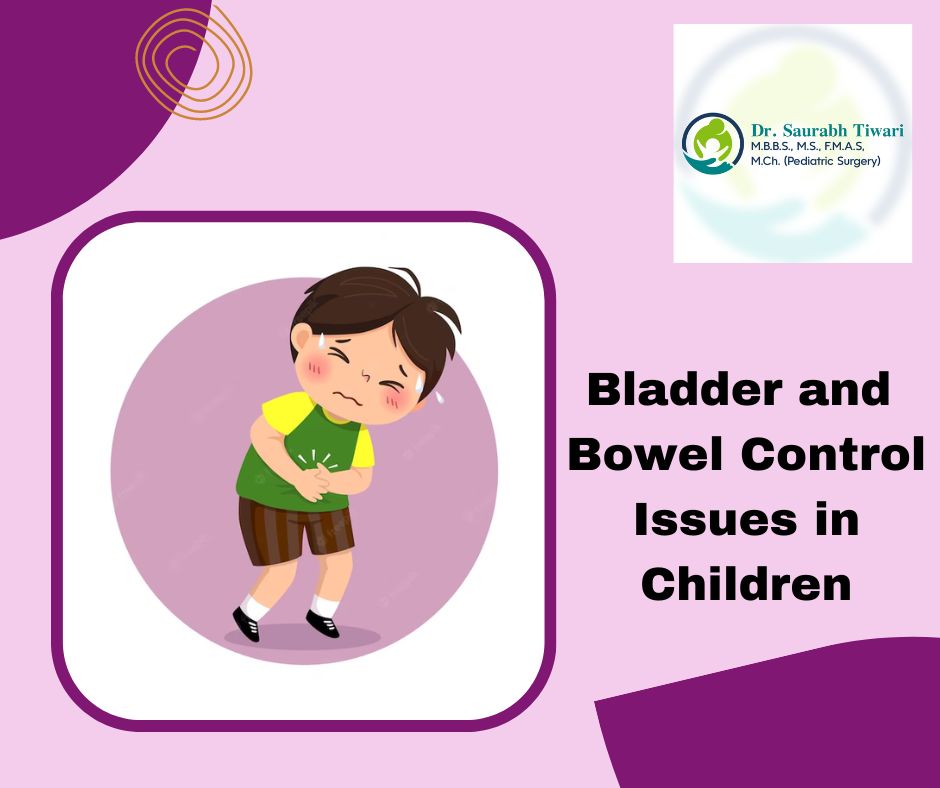Harmful Algal Bloom Crisis: The Toll On California's Ocean Wildlife

Table of Contents
The Science Behind Harmful Algal Blooms in California
What are HABs?
Harmful algal blooms (HABs) are events where algae populations in water bodies increase rapidly and excessively, often producing harmful toxins. These blooms can discolor the water, sometimes creating "red tides." Several types of algae are responsible, including:
- Dinoflagellates: These single-celled organisms produce powerful neurotoxins like brevetoxins, causing respiratory problems and neurological damage in marine animals and even humans.
- Diatoms: Certain diatom species, such as Pseudo-nitzschia, produce domoic acid, a neurotoxin that accumulates in the food chain, affecting marine mammals and birds.
Several factors contribute to HAB formation, including:
- Nutrient runoff: Excessive fertilizers and sewage entering coastal waters provide the nutrients that fuel algal growth.
- Warming ocean temperatures: Climate change is contributing to warmer ocean temperatures, creating ideal conditions for HAB proliferation.
- Ocean currents and upwelling: Specific oceanographic conditions can concentrate algae in certain areas.
Specific HABs Affecting California's Coastline
California's coastline experiences various HABs, each with unique impacts.
- Pseudo-nitzschia: This diatom species is prevalent along the California coast and produces domoic acid, leading to amnesic shellfish poisoning (ASP). Areas like Monterey Bay and the Central Coast are frequently affected.
- Alexandrium: This dinoflagellate produces saxitoxins, responsible for paralytic shellfish poisoning (PSP). While less common than Pseudo-nitzschia blooms in California, they still pose a significant threat.
These blooms impact diverse locations, from the Channel Islands to the northern California coast, illustrating the widespread nature of the Harmful Algal Bloom Crisis.
Impact on Marine Mammals and Seabirds
Marine Mammal Mortality
HAB toxins severely impact marine mammals, leading to significant mortality events.
- Neurotoxic effects: Domoic acid and other toxins cause neurological damage, leading to seizures, disorientation, and death in sea lions, whales, and dolphins. Affected animals often exhibit unusual behavior before succumbing to the toxins.
- Die-offs: California has experienced several mass die-offs of marine mammals linked to HABs, highlighting the devastating consequences. These events not only cause immense animal suffering but also severely impact the population dynamics of these species.
Seabird Impacts
Seabirds are also vulnerable to the Harmful Algal Bloom Crisis.
- Contaminated prey: Seabirds that feed on fish or shellfish contaminated with HAB toxins suffer from the same neurological effects as marine mammals.
- Reproductive impacts: Exposure to HAB toxins can also impair the reproductive success of seabirds, further threatening their populations. Studies have shown reduced breeding success and chick survival rates in affected colonies.
Economic and Social Consequences of the HAB Crisis
Fisheries and Aquaculture
The Harmful Algal Bloom Crisis has significant economic repercussions:
- Shellfish harvesting closures: When HAB toxins are detected, shellfish harvesting areas are closed, impacting fishing communities and the seafood industry.
- Economic losses: These closures result in substantial economic losses for fishermen and aquaculture businesses.
- Supply chain disruptions: The closure of harvesting areas disrupts the supply chain, affecting seafood markets and consumers.
Tourism and Recreation
The impacts extend beyond fisheries:
- Beach closures: HABs can lead to beach closures due to the risk of human exposure to toxins through skin contact or inhalation of aerosolized toxins.
- Tourism downturn: Beach closures and warnings against consuming seafood negatively impact tourism and recreational activities in coastal areas, resulting in substantial economic losses for local businesses.
Mitigation and Monitoring Efforts
Current Monitoring Programs
California employs several programs to monitor HABs:
- Government agencies: The California Department of Fish and Wildlife (CDFW), along with other agencies, conduct regular monitoring of HABs and issue advisories when necessary.
- Research institutions: Universities and research institutions contribute to HAB research and monitoring efforts.
- Citizen science: Involving the public in monitoring programs helps expand the scope of detection and improve early warning systems.
Strategies for Reducing HABs
Mitigating the Harmful Algal Bloom Crisis requires multifaceted strategies:
- Reducing nutrient pollution: Implementing stricter regulations on agricultural runoff and improving wastewater treatment are essential to reduce nutrient inputs into coastal waters.
- Improving water quality: Protecting and restoring coastal wetlands and estuaries can help filter out nutrients and reduce HABs.
- Sustainable coastal management: Implementing sustainable coastal management practices, including responsible development and land-use planning, is critical for reducing the sources of nutrient pollution.
Conclusion
The Harmful Algal Bloom Crisis presents a significant threat to California's ocean wildlife and the broader marine ecosystem. The devastating impacts on marine mammals, seabirds, fisheries, and coastal communities underscore the urgency of addressing this issue. The economic and social consequences are substantial, and the long-term effects on biodiversity could be catastrophic.
To combat this crisis, we must learn more about HABs, support ongoing research efforts, and advocate for policies that reduce nutrient pollution and improve water quality. We need to collaborate to protect California’s precious marine resources and ensure a healthy future for our coastal ecosystems. Visit the California Department of Fish and Wildlife website ([insert link here]) and the National Oceanic and Atmospheric Administration ([insert link here]) to learn more and get involved. Let's work together to mitigate the Harmful Algal Bloom Crisis and safeguard California's ocean wildlife for generations to come. The future of our coastal ecosystem depends on it.

Featured Posts
-
 Natural Ingredients For Bladder Control The Primera Approach For Women
May 30, 2025
Natural Ingredients For Bladder Control The Primera Approach For Women
May 30, 2025 -
 Late Winter Storm Pummels San Diego Impacts And Aftermath
May 30, 2025
Late Winter Storm Pummels San Diego Impacts And Aftermath
May 30, 2025 -
 Preventa Entradas Bad Bunny Conciertos Madrid Y Barcelona Ticketmaster And Live Nation
May 30, 2025
Preventa Entradas Bad Bunny Conciertos Madrid Y Barcelona Ticketmaster And Live Nation
May 30, 2025 -
 Reviewing Andre Agassis Entry Into Professional Pickleball
May 30, 2025
Reviewing Andre Agassis Entry Into Professional Pickleball
May 30, 2025 -
 Real Madrid Plot 90m Move For Manchester United Player Scouting Report Details
May 30, 2025
Real Madrid Plot 90m Move For Manchester United Player Scouting Report Details
May 30, 2025
Latest Posts
-
 Is Samsungs 101 Tablet A Real I Pad Competitor
May 31, 2025
Is Samsungs 101 Tablet A Real I Pad Competitor
May 31, 2025 -
 Samsungs 101 Tablet A Competitive Alternative To The I Pad
May 31, 2025
Samsungs 101 Tablet A Competitive Alternative To The I Pad
May 31, 2025 -
 The Legacy Of Nonna Staten Islands Italian Culinary Heritage
May 31, 2025
The Legacy Of Nonna Staten Islands Italian Culinary Heritage
May 31, 2025 -
 Cheaper Than An I Pad Samsungs 101 Tablet Deal
May 31, 2025
Cheaper Than An I Pad Samsungs 101 Tablet Deal
May 31, 2025 -
 Office Lunch Etiquette 6 Rules For Professional Success
May 31, 2025
Office Lunch Etiquette 6 Rules For Professional Success
May 31, 2025
